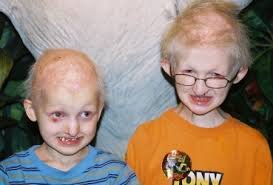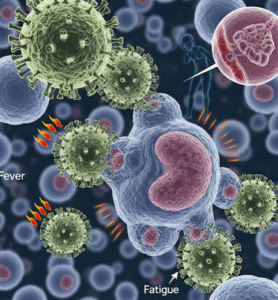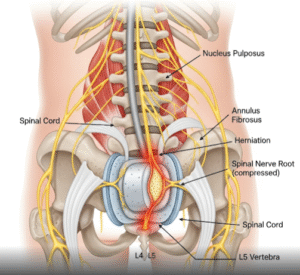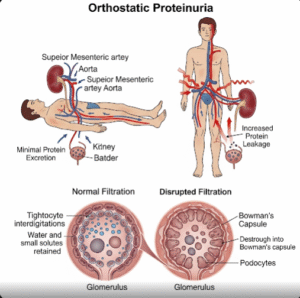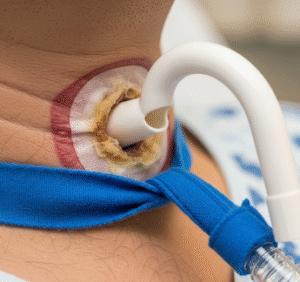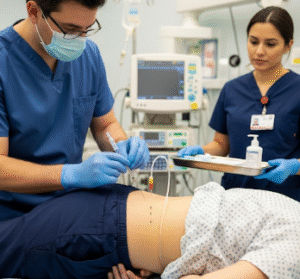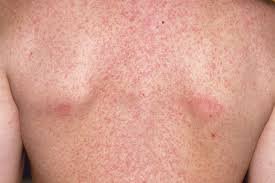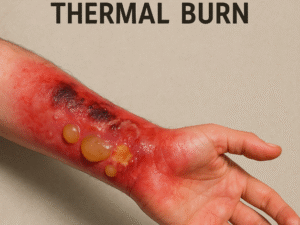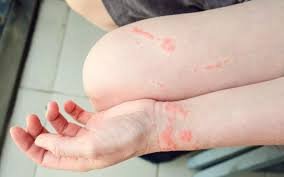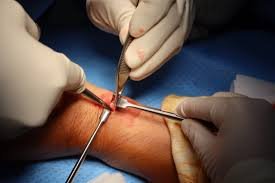Overview
Hay–Wells syndrome, also known as AEC (Ankyloblepharon-Ectodermal defects-Cleft lip/palate) syndrome, is a rare genetic disorder affecting the development of the skin, hair, nails, and facial structures. It can cause distinctive facial features, skin abnormalities, and cleft palate, impacting both appearance and function.
In Korea, Hay–Wells syndrome is primarily managed in genetic, dermatology, and craniofacial centers, where multidisciplinary care is offered to address the syndrome’s complex features.
What is Hay–Wells Syndrome?
Hay–Wells syndrome is caused by mutations in the TP63 gene, which plays a key role in ectodermal development. Individuals with this syndrome may have fusion of eyelids, hair and nail abnormalities, cleft lip/palate, and skin lesions. It is present from birth and affects both genders.
Symptoms
- Fusion of eyelids (ankyloblepharon) at birth
- Cleft lip and/or cleft palate
- Sparse or brittle hair
- Nail dysplasia or missing nails
- Thickened or abnormal skin, often with lesions
- Dental abnormalities
- Occasional hearing or eye problems
Causes
- Genetic mutation in the TP63 gene
- Autosomal dominant inheritance in most cases
- Can occur sporadically without family history
Risk Factors
- Family history of Hay–Wells syndrome or TP63 mutations
- Genetic counseling recommended for families with affected members
- No lifestyle or environmental factors contribute to the syndrome
Complications
- Feeding and speech difficulties due to cleft palate
- Eye problems from eyelid fusion
- Increased risk of skin infections
- Hearing loss if associated with ear abnormalities
- Psychosocial challenges due to visible facial or skin differences
Prevention
- Genetic counseling for at-risk families
- Prenatal screening for known TP63 mutations if family history exists
- Early intervention planning for feeding, speech, and developmental support
Treatment Options in Korea
Diagnosis
- Genetic testing to confirm TP63 mutation
- Clinical evaluation of facial, skin, and nail abnormalities
- Imaging for craniofacial assessment (CT, MRI)
- Audiology and ophthalmology assessments as needed
Medical Treatments
- Dermatological care for skin lesions and infections
- Nutritional and feeding support for infants with cleft palate
- Hearing aids or vision correction if sensory deficits are present
Surgical or Advanced Therapies
- Cleft lip and palate repair performed by craniofacial surgery teams
- Eyelid separation surgery if ankyloblepharon affects vision
- Orthopedic or reconstructive surgeries for associated limb or nail abnormalities
- Korean hospitals may offer multidisciplinary surgical planning and minimally invasive techniques
Rehabilitation and Support
- Speech and feeding therapy
- Physical therapy for musculoskeletal issues
- Psychological support for children and families
- Regular follow-up for growth, development, and surgical outcomes

